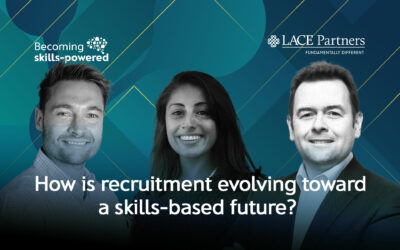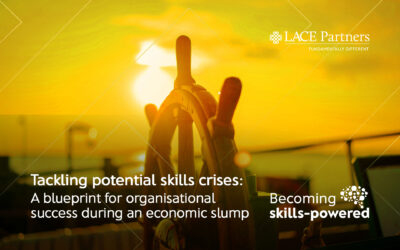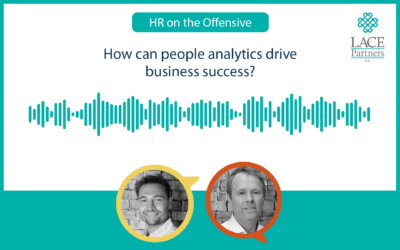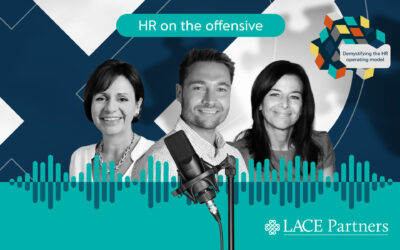The connection your employees have with your organisation isn’t limited to one channel, technology or team. It’s time to broaden your perspective on how all workplace interactions collectively embody your culture and organisation.
In recent years, the expectations and desires of employees have undergone changes, shaped by factors such as the pandemic, economic fluctuations, and a job market where employees hold significant leverage. Organisations can no longer rely on making incremental changes to attract and retain talent; a more holistic approach is now essential.
We will cover how you can make your employee experience holistic in the second burst of our EX revolution campaign.
Join the EX revolution and gain access to exclusive content on employee experience straight into your inbox!






